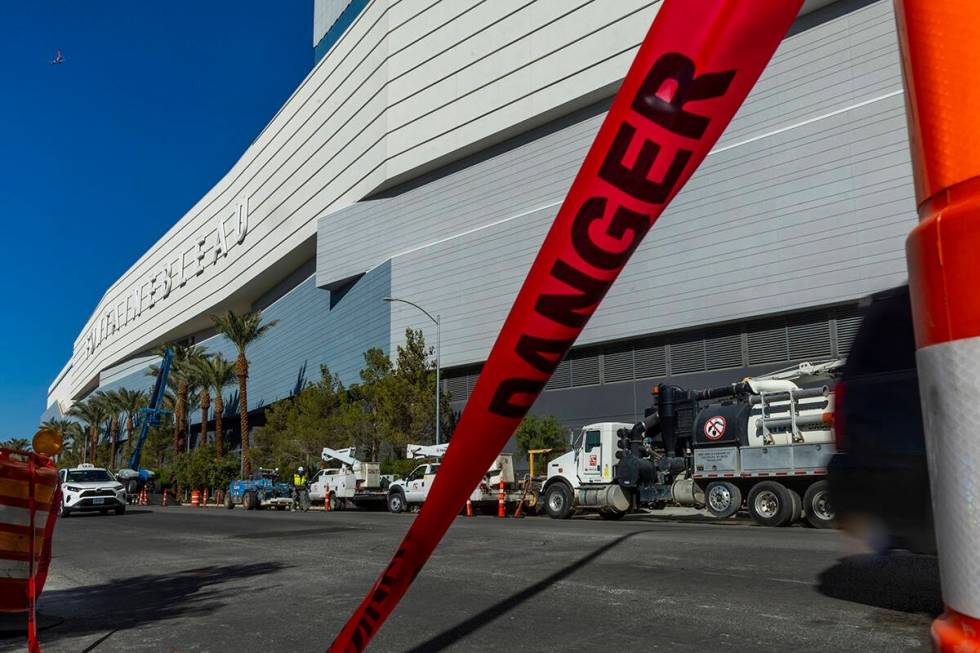Nevada maintains high unemployment rate, but also employment growth

Nevada has almost fully recovered from the 2020 recession brought on by the COVID-19 pandemic.
Most sectors in the Silver State have recovered in their employment rates, according to David Schmidt, chief economist for the research and analysis bureau at the Nevada Department of Employment, Training and Rehabilitation.
Construction employment has recovered to 115.5 percent of pre-pandemic levels, food services and drinking places are at 115.8 percent, and the government sector is 105.1 percent recovered. The accommodation sector has been the slowest to recover at 88 percent of pre-pandemic levels.
“We continue to see steady employment growth since recovering from the COVID pandemic,” Schmidt told members of the Economic Forum on Tuesday, where experts gave updates on the state’s economy and population. “We recovered pretty quickly.”
Not much has changed in the second half of 2023 since the forum last met in May, Schmidt said. Employment growth rates and unemployment rates have been stable.
Nevada is seeing a growth in manufacturing, and Nevada ranks first in the country for growth in its professional, scientific and technical services, Schmidt said.
The unemployment rate remains high but steady, and Nevada has the highest unemployment rate among states. Schmidt said it’s “good unemployment,” as most people not in the labor force, such as those who have retired, do not want a job.
“We’ve had a high unemployment rate for good reasons,” he said.
While the unemployment rate remains high, Nevada has seen an increase in its short-term employment rate because of people moving from school into the workforce, seeking a part-time job while retired, or seeking employment after a change-in-life circumstances, such as people’s children getting old enough to go to school, Schmidt said.
He expects to see the cost of housing slowing domestic migration — or the number of people moving to Nevada — and he expects employment growth will be the strongest outside of the casino and leisure industries.
Wage growth is relatively low for the whole state, and Nevada ranks 44th out of 51 in average hourly wage, Schmidt said.
The median household income, adjusted for inflation, declined by 5.2 percent between 2019 and 2022 in the United States, and declined by 10.9 percent in Nevada, said Susanna Powers, deputy fiscal analyst with the Nevada Legislative Counsel Bureau’s fiscal analysis division, citing the U.S. Census Bureau.
Mirroring national trends, Nevada’s birth rates are dropping as women wait longer to have fewer babies, according to Chris Wright, the state’s demographer.
In 2022, 13 counties in Nevada had a negative natural change, meaning they had more deaths than births, he said. Only Clark, Humboldt and Washoe counties have significant births over deaths, Wright said.
The median age of Nevadans is also getting older, Wright said. As of 2022, the median age of Clark County residents is 38.3, an increase of 2.8 years since 2010.
Contact Jessica Hill at jehill@reviewjournal.com. Follow @jess_hillyeah on X.